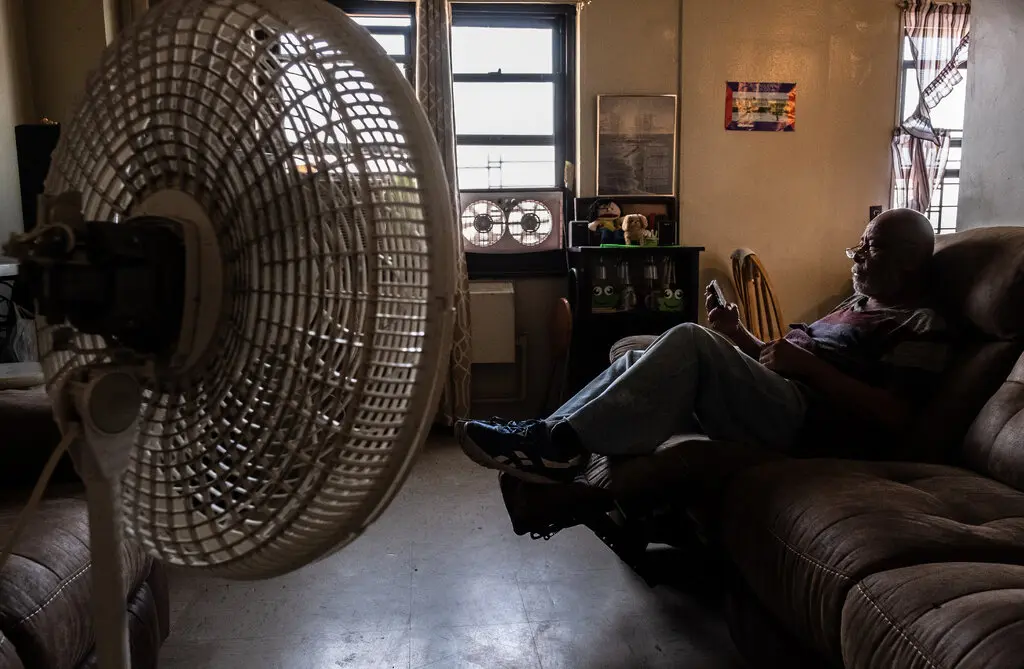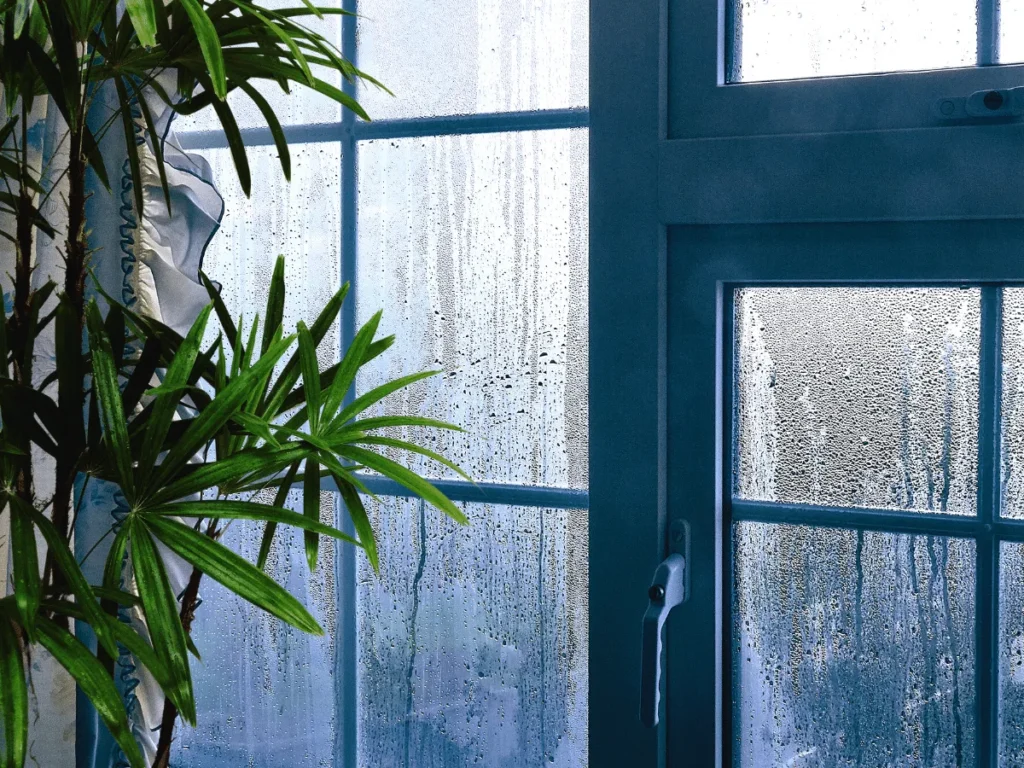As the summer sun scorches the earth and temperatures soar, the quest for a cool and comfortable indoor sanctuary becomes more challenging than ever. Surprisingly, even with air conditioning switched on, some spaces remain stubbornly hot and stifling. This conundrum prompts an exploration into the intricate web of factors contributing to indoor heat and offers strategies to counteract it effectively.
The Complexity of Indoor Heat: In the battle to maintain indoor comfort, several variables come into play. From external sources to human activities, these factors interplay to create a situation where even the most potent air conditioning systems struggle to provide solace.
Solar Heat Gain: The sun’s relentless rays can infiltrate buildings through windows and walls, triggering an internal heat build-up. Rooms with south-facing windows are particularly susceptible, as they receive direct sunlight. To thwart this solar influx, homeowners can employ various tactics such as installing curtains, blinds, shades, or reflective films. Natural solutions, like strategically planted trees and shrubs, can also provide shade and natural cooling.
Internal Heat Generation: The human body is a veritable heat factory, emitting warmth as a byproduct of metabolic processes. The cumulative heat from occupants amplifies indoor temperatures, further exacerbated by the heat emitted by appliances and electronics. Cooking devices, refrigerators, computers, and lights contribute to this internal heat load. Limiting human presence, turning off or unplugging unused devices, and opting for energy-efficient appliances and LED lighting can alleviate this thermal stress.

Ventilation and Air Circulation: Stagnant and humid air can turn any space into a sweltering chamber. Proper ventilation not only replaces indoor air with fresher, cooler air from outside but also removes moisture and pollutants. Employing fans or exhaust systems enhances air circulation, minimizing hotspots and ensuring uniform temperatures. Simple practices like opening windows and doors during cooler times of the day, maintaining regular air filter changes, and employing fans can significantly enhance ventilation and airflow.
Insulation and Construction: A well-insulated home serves as a thermal buffer against the outside world, keeping interiors cozy in winter and cool in summer. However, insufficient insulation or structural defects can compromise this protective barrier. Cracks and gaps in walls, windows, doors, and roofing can introduce external heat or allow conditioned air to escape. To enhance insulation and construction integrity, homeowners can employ caulk, weatherstripping, and additional attic or basement insulation. Opting for light-colored or reflective roofing and siding materials can also mitigate heat absorption.
The persistence of indoor heat, even when air conditioning operates at full tilt, arises from an intricate interplay of external and internal factors. Solar heat gain, internal heat generation, ventilation inefficiencies, and subpar insulation collectively contribute to this challenge. By understanding these mechanisms and implementing simple yet effective measures, homeowners can forge a path toward a cooler, more comfortable living environment. As summer’s heat intensifies, informed strategies can transform stifling spaces into havens of relief and respite.

Resources:
1.https://www.who.int/news-room/fact-sheets/detail/climate-change-heat-and-health
2.https://www.ehstoday.com/safety/article/21131323/how-to-combat-indoor-heat-exposure
3.https://ugc.berkeley.edu/background-content/earths-internal-heat/
4.https://www.osha.gov/heat-exposure
5.https://www.facebook.com/pages/EHS-Today/66542218626?ref=ts
6.https://www.linkedin.com/groups/4355311
7.https://twitter.com/EHSToday